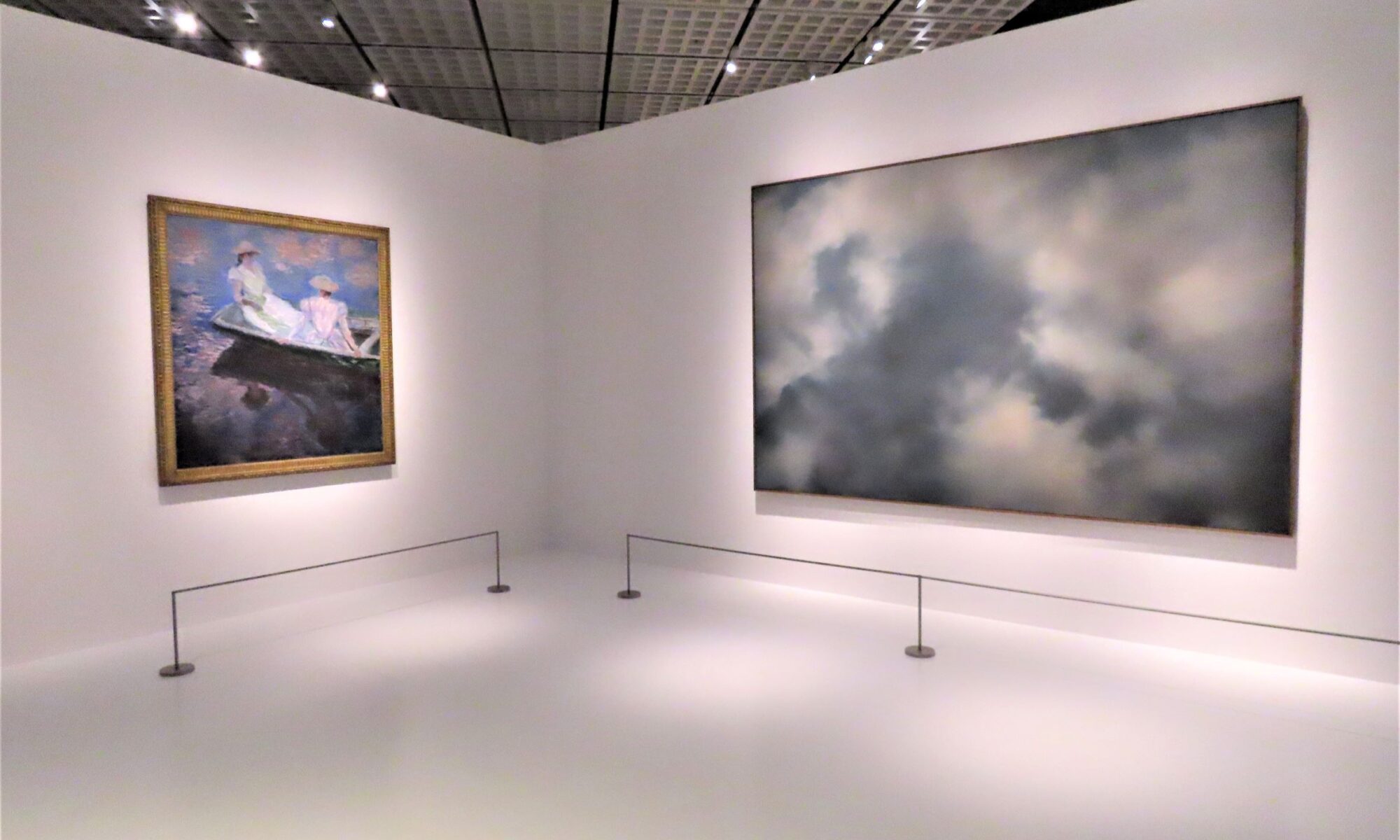National Museum of Western Art
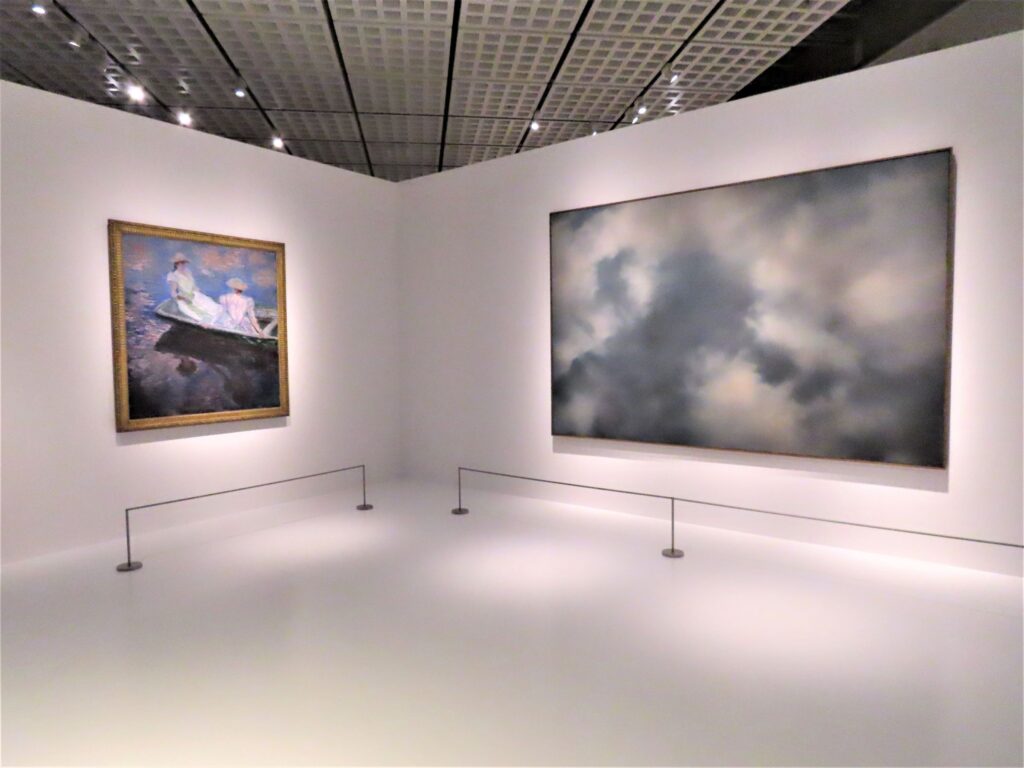
The National Museum of Western Art was reopened in April this year after being closed for about a year and a half.
This exhibition, which commemorates the reopening, will be a joint project with the Volkwang Museum in Germany, which is celebrating its 100th anniversary.
It is an attempt to trace the development of art born from dialogue between nature and people through more than 100 masterpieces that both museums are proud of.
This time, I will tell you about the state of the press preview held the day before the event.
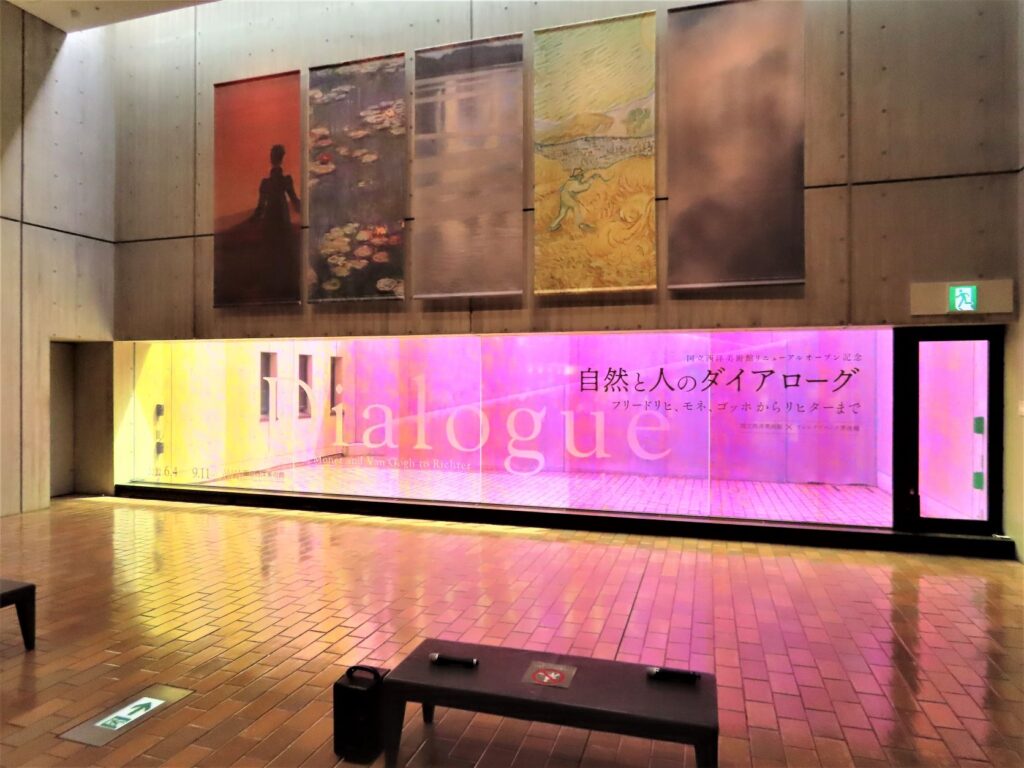
This exhibition "National Museum of Western Art Reopening Memorial Nature and People's Dialogue Friedrich, Monet, Van Gogh, Richter" will be held with the cooperation of the Volkwang Museum in Germany.
The Volkwang Museum is centered around works of art collected from the 19th century by Karl Ernst Osthaus (1874-1921), who was born in a banker's house in Hagen, Germany, while the National Museum of Western Art is also Kojiro Matsukata (1874-1921). 1866-1950) is a museum based on Western art collected in Europe.
In other words, both buildings have in common that they are based on a collection of individuals who lived at about the same time.
The Osthouse opened the collection to the people of the local Ruhr region, known for its coal mining areas, and Kojiro Matsukata also conceived the "Kyoraku Museum" to provide the common people with the opportunity to enjoy Western culture.
It can be said that the ambitions of the two businessmen met at this exhibition after a long time.
Nature and people resonate through dialogue
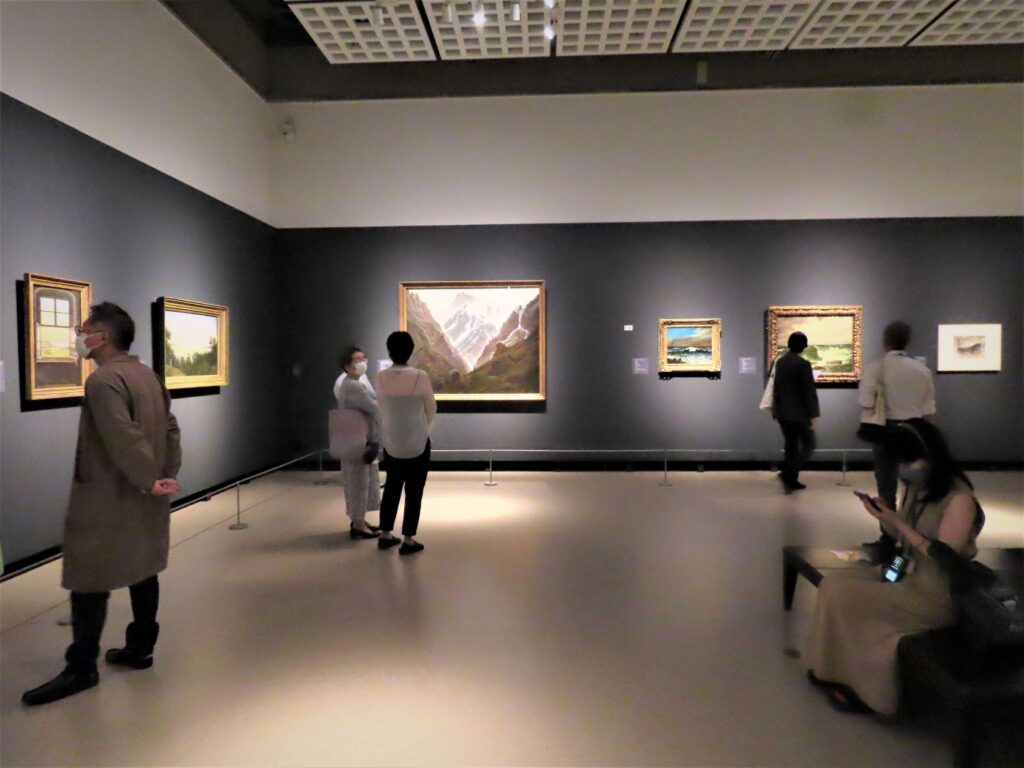
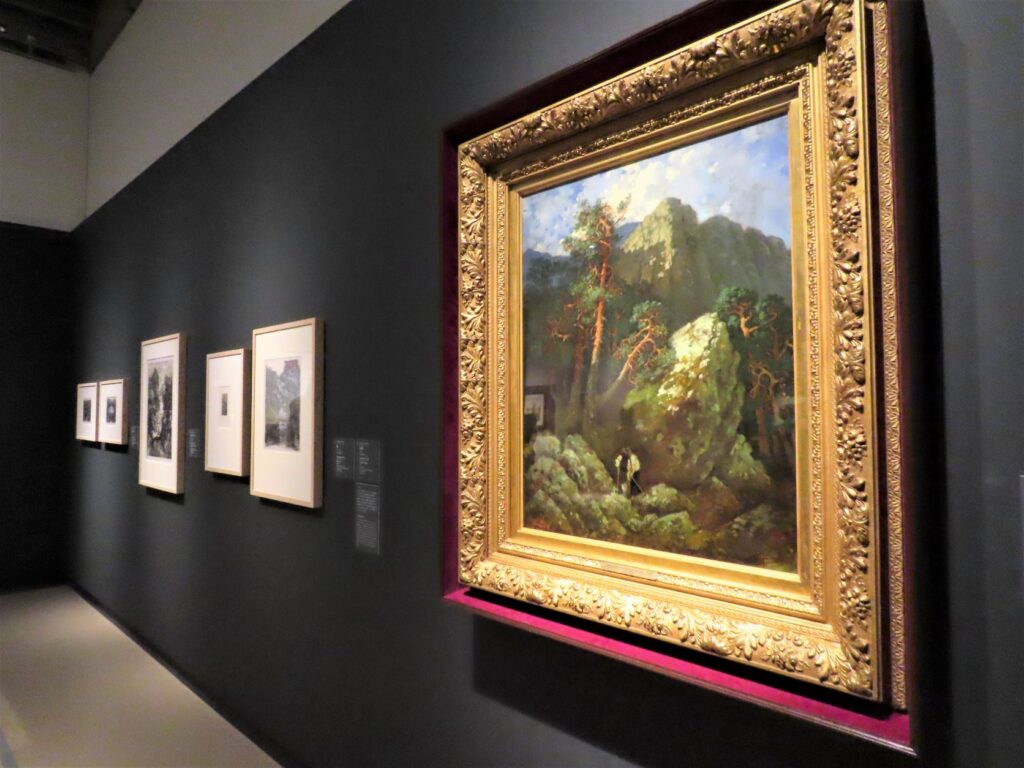

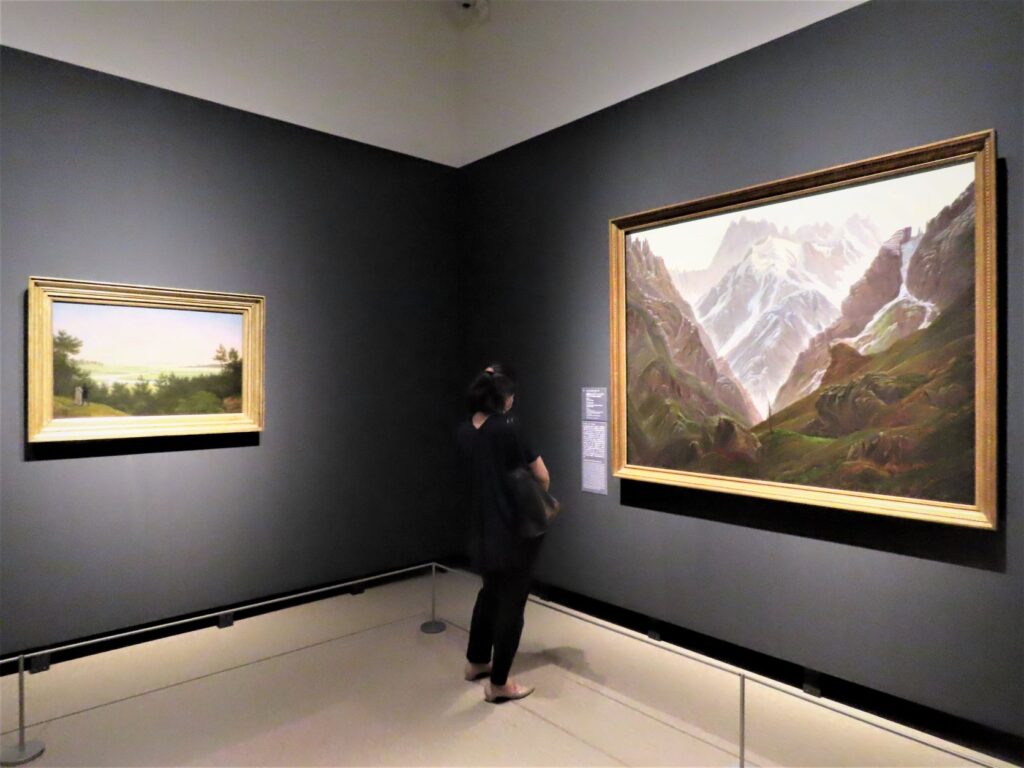
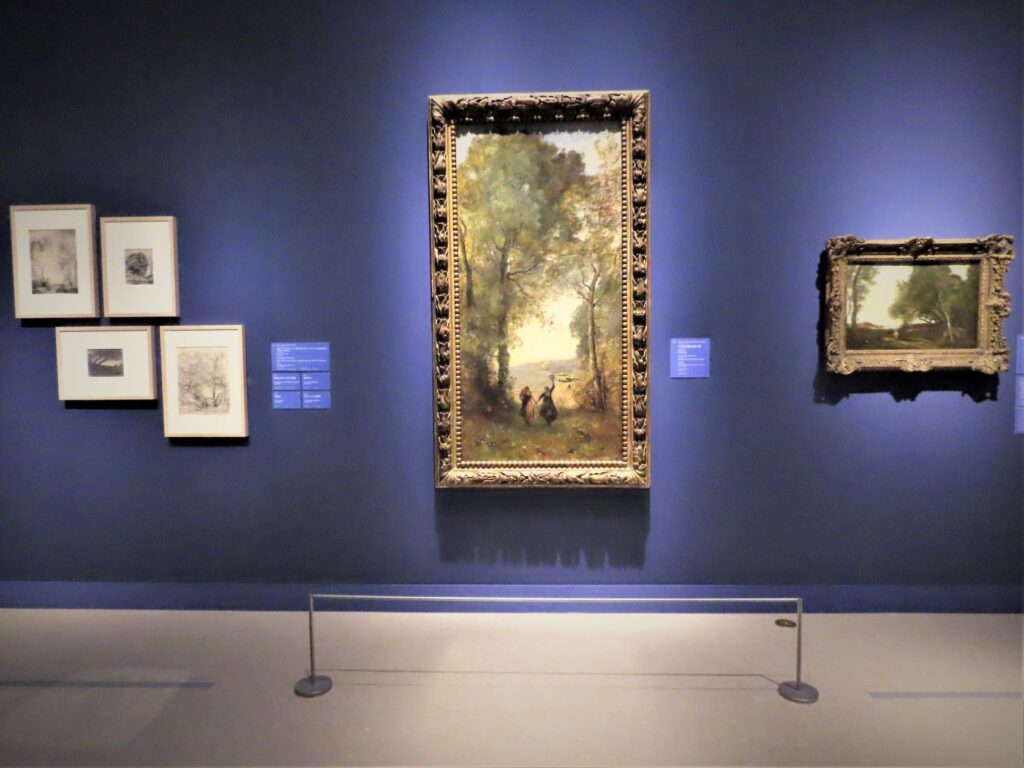
The theme of this exhibition is "Nature and People".
Various landscapes and natural motifs cut out in the frame of the collections of the two museums resonate with each other in the composition of all four chapters. Van Gogh, Signac, Courbet … The painters of these works are unmistakable "masters" of Western art.
Regarding the contents of the exhibition, Megumi Jingaoka, a researcher in charge of this exhibition (Senior Researcher of the National Museum of Western Art), says, "This exhibition is not in chronological order, but in a structure that repeatedly adds variations to nature." ..
For example, Chapter 1 "Time Flowing in the Sky" shows the constantly changing aspects of nature, and Chapter 2 "Journey to <Beyond>" exhibits an invisible mental landscape linked to the artist's own five senses. In the following Chapter 3, "Architecture of Light," we extract permanent elements in nature such as order and law, and in the final chapter, "Circular Time Between Heaven and Earth," we link the permanent cycle of nature with human life. You can find a work that seems to have made you.
The gaze toward nature, which begins with the expression of "sky," descends into the depths of our own spirit as we move forward at the venue, and eventually changes into the expression of light and the universe. It's like a magnificent journey around nature itself.
Introducing natural expressions in Europe with over 100 works
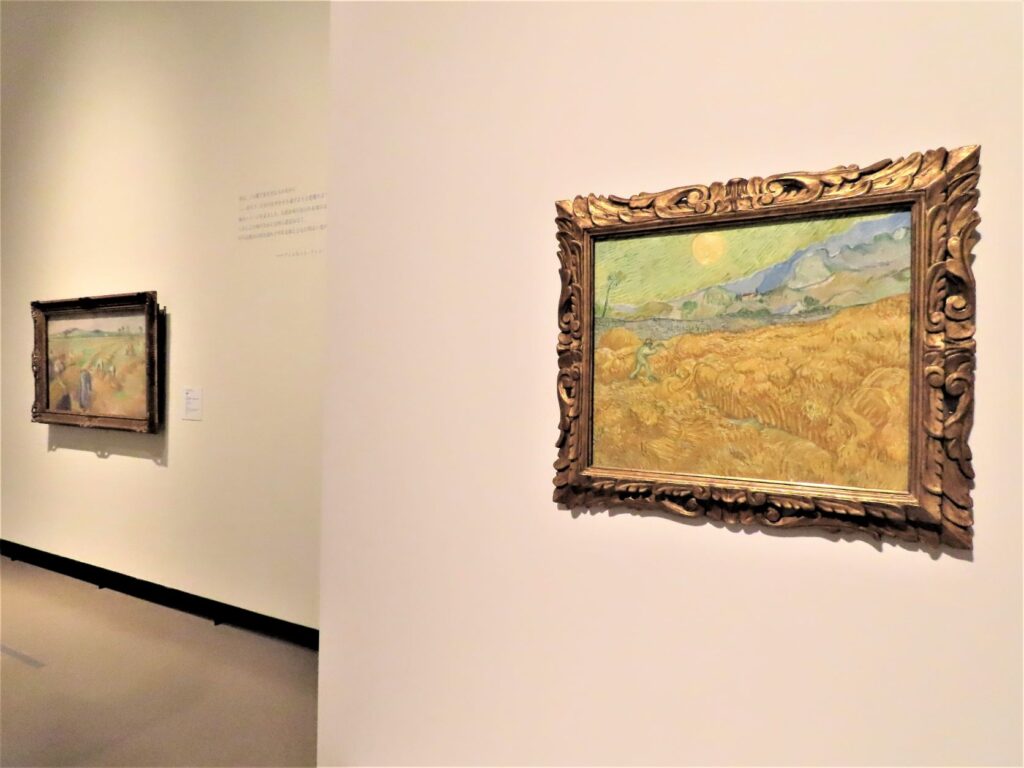
This exhibition introduces European natural expressions with more than 100 works, from German Romanticism to Impressionism, Post-Impressionism, and 20th century paintings.
In addition to being able to enjoy the various expressions of nature through the competition of Western painting masters such as Van Gogh, Manet, Monet, Cezanne, Gauguin, Signac, Nolde, Hodler, and Ernst, the works of the same painter in each of the two buildings. It is also a point that you can compare them.
Among such works, the one that can be said to be the white eye is the landscape painting "Pruning (the wheat field behind Saint-Paul Hospital where there are people who cut)" that Vincent van Gogh worked on in his later years. This is one of the representative landscape paintings in which Van Gogh, who was suffering from mental illness in his later years, portrayed "the image of death told by the great book of nature", and this is his first visit to Japan.
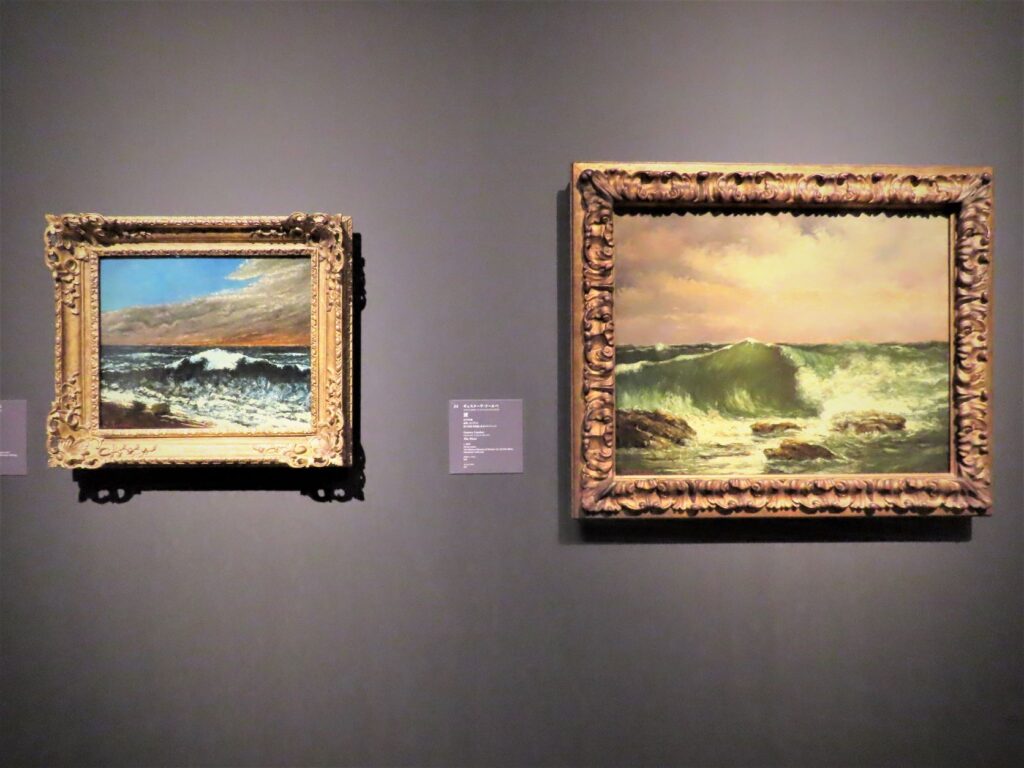
Gustave Courbet's Wave , exhibited in Chapter 2, also shows us the harsh nature of nature, which goes beyond mere objective events.
The sea, which has long been an unknown world for Courbet, who grew up in the mountains of France. He is said to have been working on this magnificent motif in earnest since the late 1860s. The color contrast between the black turquoise sea and the grayish madder sky, and the distinction of the texture with a paintbrush and a painting knife … It is a work that shows the writer's excellent skill in a simple composition.
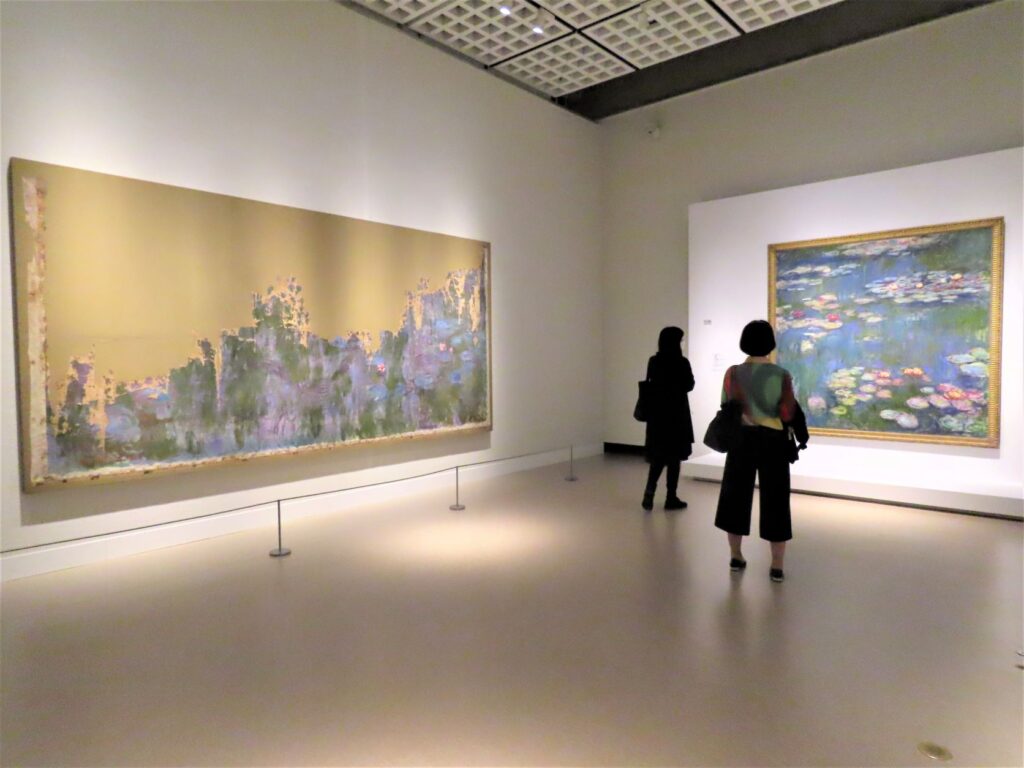
In the final chapter, Claude Monet 's "Waterlilies, Reflections of Willows" and "Waterlilies" , as well as photographs taken by German female photographer Enne Biaman, are exhibited at the same time. Is.
Monet's "Waterlilies and Reflections of Willows" (1916), which was discovered in France in recent years and was first released in 2019 after restoration work, and the famous "Waterlilies" resonate in the same space, and it is a mysterious impression to our hearts. To evoke. The nature presented here is from a very close, micro-perspective, giving the impression that this journey, which began with a magnificent "sky" exhibition, is nearing its end.
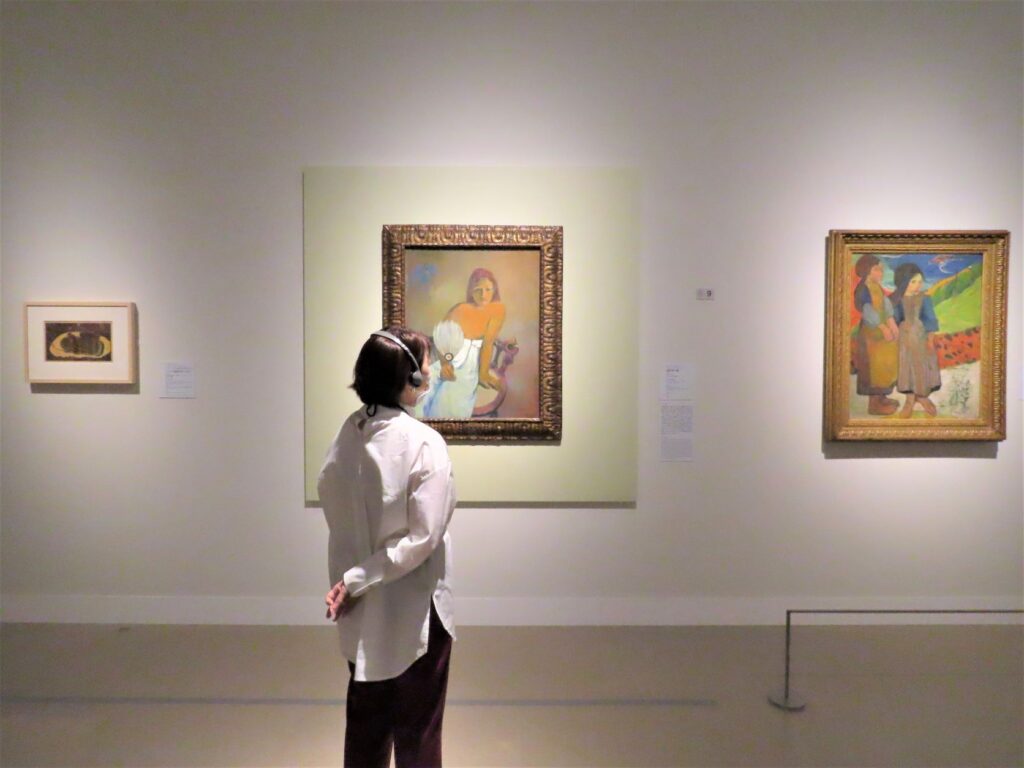
In this exhibition, which Mr. Chenoka says, "the work was the starting point," each work must be the main character, but the walls are studded with the words of poets and artists who lived in the same era. In addition, it is said that various parts of the exhibition space were also adventurous.
At the opening of the exhibition, Mr. Chenoka
"I tried to create a structure in which each work interacts with each other. The work, the text, and the space. I hope you can enjoy the exhibition in the overall resonance."
I summarized the highlights of this exhibition.
I hope you will come to the venue and feel the sound of nature and people.
Outline of the event
| Legislative session | June 4th (Sat) -September 11th (Sun), 2022 |
| venue | National Museum of Western Art |
| Opening hours | 9: 30-17: 30 Every Friday and Saturday from 9:30 to 20:00 * Admission is 30 minutes before closing |
| closing day | Monday, July 19th (Tuesday) (However, July 18th (Monday / holiday) and August 15th (Monday) are open) |
| Admission fee | General 2,000 yen, university students 1,200 yen, high school students 800 yen To alleviate congestion, this exhibition will introduce a designated date and time. For details on tickets and how to purchase them, please check the ticket information on the official exhibition website. * Free for junior high school students and younger. * Persons with physical and mental disabilities and one attendant are free of charge (please show your disability certificate when entering the museum). |
| Exhibition official website | https://nature2022.jp/ |


